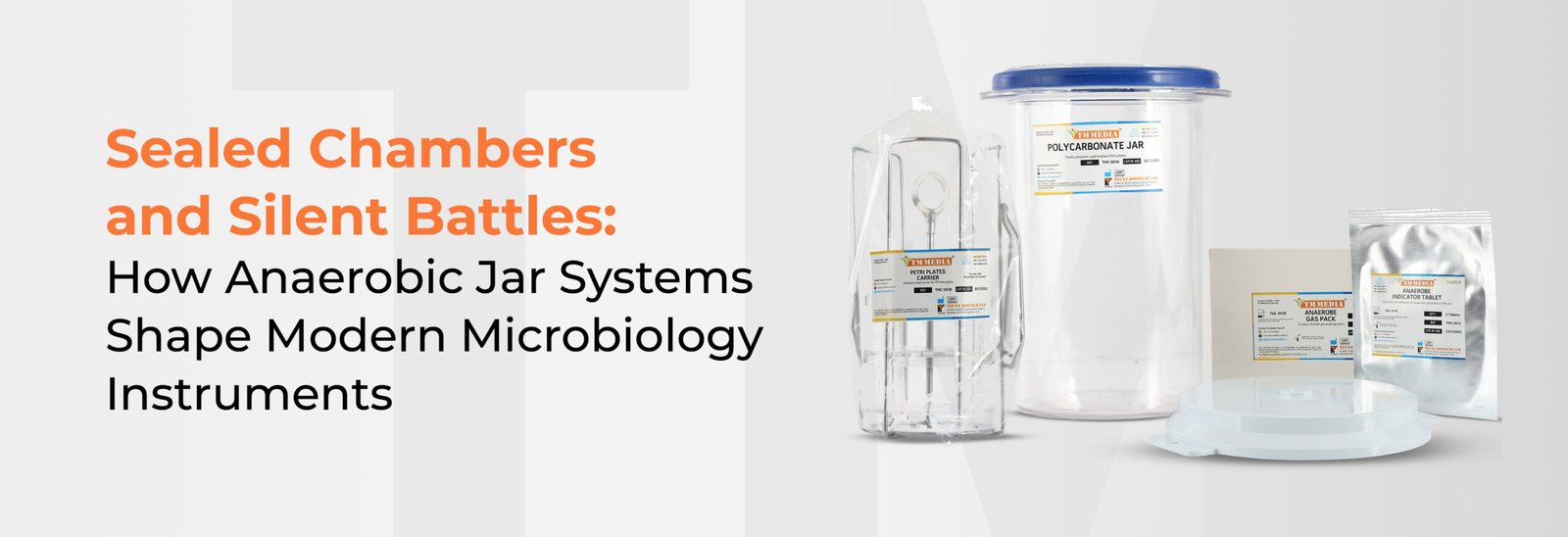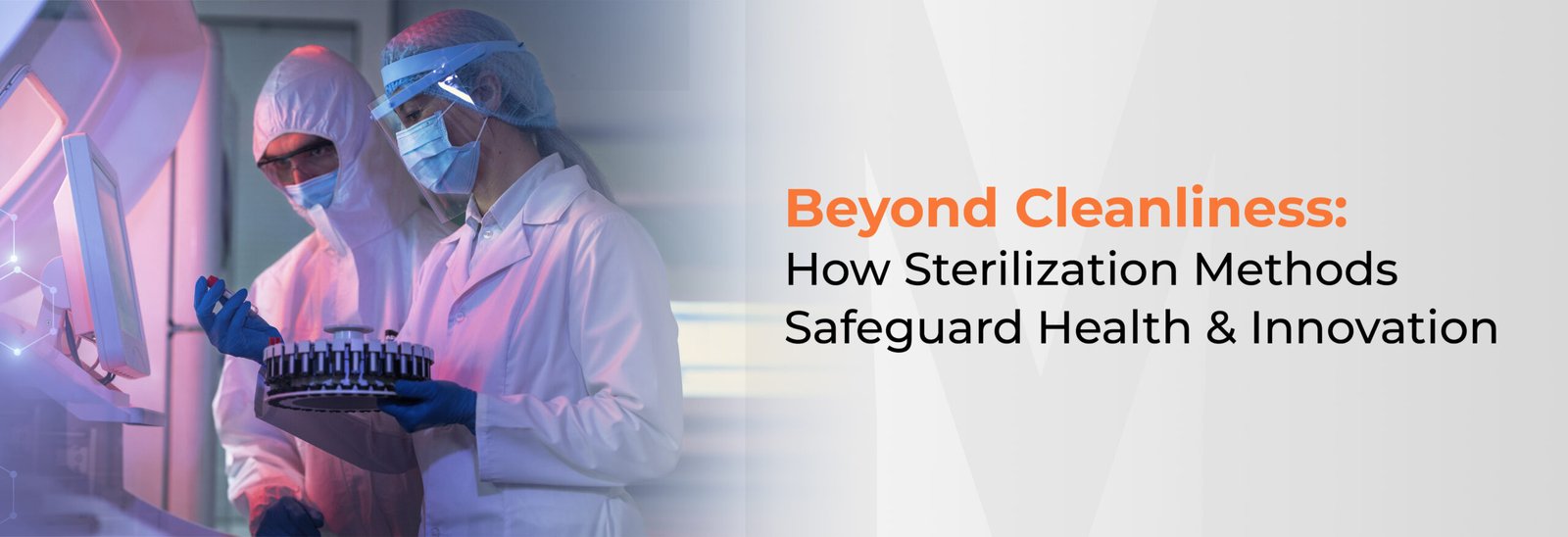

You want to find out how many bacteria are in a drop of water, a bite of food, or a pharmaceutical product. May seem straightforward; however, to count invisible microorganisms with accuracy requires both precision and technique. That’s where the Pour Plate Method steps in, a timeless microbiological tool that connects science, precision and technique.
This Method is a microbiological process for determining the concentration of living microorganisms in a liquid or solution. In contrast to surface-spreading methods, this technique permits growth on both the surface and throughout the depth of the agar, and thus the total microbial load is determined.
When someone asks, “What is the Pour Plate Method?”, the simplest answer is: it’s a method in which a known quantity of sample is mixed with molten agar and poured into a petri dish. Colonies develop inside the agar as well as on the surface, once the agar has solidified and been incubated, with each colony representing a single microorganism.
The Method has been a cornerstone in microbiology labs for decades. It is one of the oldest and most dependable methods for microbial analysis. The method is widely used in the food and water industries and in pharmaceutical quality control to ensure product safety and cleanliness.
It is accurate and can find both aerobic and facultative anaerobic microbes. By trapping microbes within the medium, the technique allows colonies to grow in a three-dimensional environment, which is also optimum for detecting very low numbers of bacteria.
In the Pour Plate Method, each viable microbial cell present in the sample will grow and multiply to form a separate visible colony after incubation. Colonies formed both on the top and within the agar medium, represents an individual living microorganism in the sample. By counting these colonies and multiplying by the dilution factor, the units that form colonies (CFU/ml or CFU/g) can be calculated, which indicate the number of viable microorganisms in the original sample.
When performing the Pour Plate Method, though it appears straightforward, there are several points to be considered to avoid errors. The following is the overview of the basic procedure:
The whole process from dilution to counting is what really defines the essence of the Pour Plate technique, combining accuracy, sterility, and observation.
The importance of Pour Plate Methods an essential contribution to industries and research fields is summarized as:
Although the Pour Plate Method has numerous validations, there are some limitations to be aware of:
However, these disadvantages are often compensated by the precision of method when that precision is required for accurate microbial enumeration.
Sterilization is necessary prior to performing the Pour Plate Method. Autoclave sterilization is the recommended method for glassware and media steam under pressure (121°C for 15-20 min). This will make sure that the plate, pipette and agar are sterile before adding the sample.
Sterilization and Pour Plate Method are inseparable; one guarantees purity, and the other accuracy.
The Pour Plate Method is not just a lab routine; it’s a rite of passage to become a real microbiologist. Whether in food safety, pharmaceuticals, or research, microbial populations are enumerated with accuracy and confidence.
In an era when a single microbe has the power to change life a lot, the Pour Plate Method remains one of the most reliable tools in microbiology – accurate, trusted, and necessary.
A. In the Pour Plate Method, the samples are mixed with molten agar, and colonies develop on the surface as well as inside the medium.
On the other hand, in the Spread Plate Method, the sample is spread only on the surface of the agar; colonies develop only on the surface, which makes the isolation easier, but it is less appropriate for the enumeration of subsurface organisms.
A. Accuracy may be enhanced by:
A. Through the serial dilution the size of the colonies on the plate can be countable (30-300). The plate can become too overgrown without dilution, so it will be hard to differentiate and get an accurate count of the bacteria colonies.
A. Yes, today there are automated colony counters and pour plate systems in laboratories that minimizes manual errors, increase reproducibility and save time in – particular in pharmaceutical and food testing labs.
A. Standard media are Nutrient Agar, Sabouraud Dextrose Agar (SDA) for fungi, MacConkey Agar for coliforms and Plate Count Agar (PCA) for total viable bacteria. It depends on the microorganism being tested.

In the clean hallways of a pharmaceutical plant, precision and cleanliness are not just ideals; they are essential requirements. Even...
Read More
Imagine a pharmaceutical compound manufacturing facility struggling with contamination from undesirable aerobic bacteria. Production batches fail, quality checkpoints find hazardous...
Read More
Imagine this: your body is a fort, defended by walls, guards, and intricate defences. But occasionally, raiders slip through the...
Read More
Think about, you are cooking food for loved ones. You’d wash your hands, clean the utensils, and make sure everything...
Read More
Some secrets are not written in books but brewed in cells too small to see. Just as a cook adds...
Read More